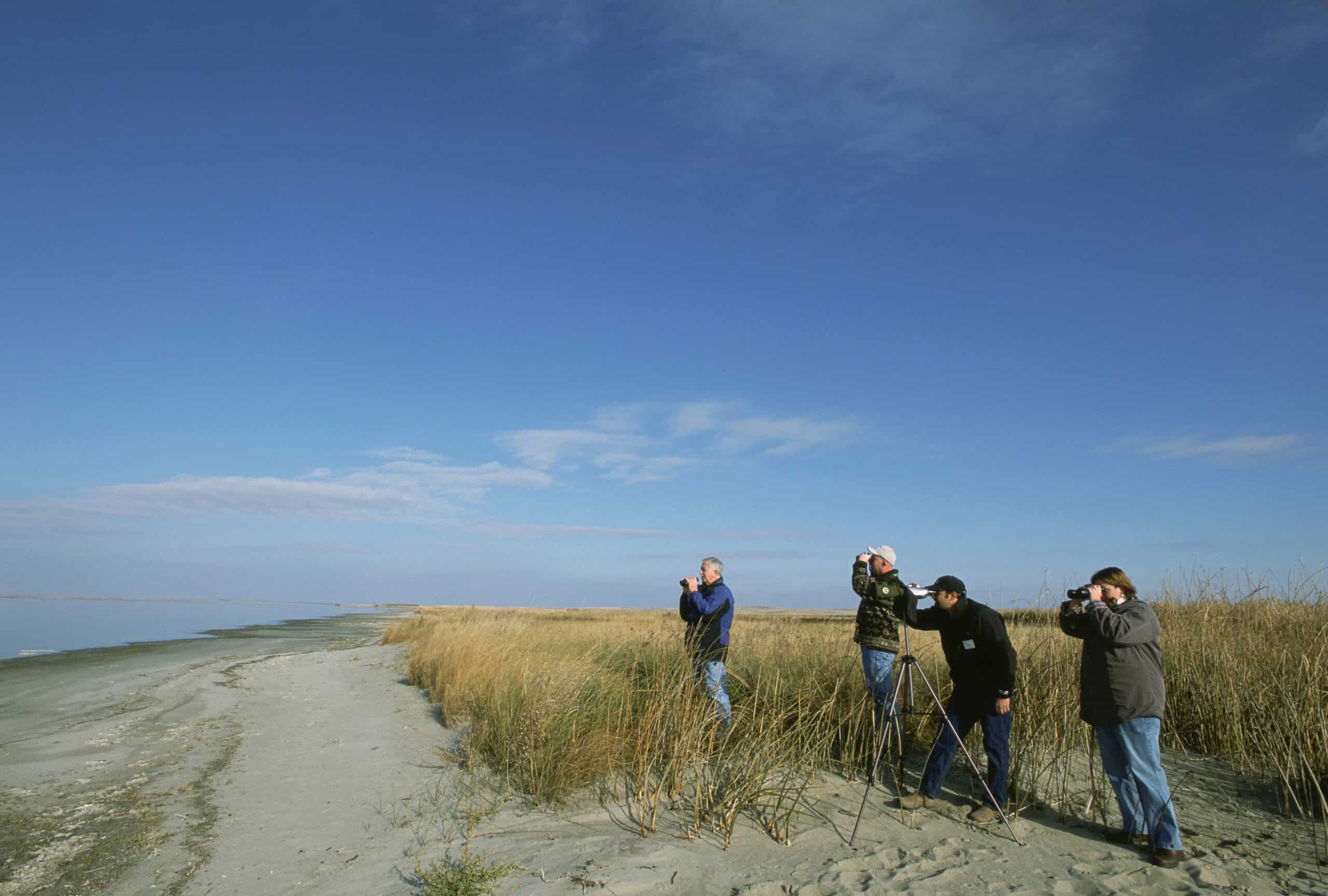
The 6-hectare Princess Elisabeth artificial energy island, set to be completed in 2026, is poised to revolutionize renewable energy production in the North Sea. The facility, situated 45 km from the Belgian coast and funded partially by the European Union, will use both direct and alternating current to distribute high voltage electricity in the form of direct current (HVDC) and alternating current (HVAC).
To create this marine power grid, engineers used around 2.3 million m3 of sand. A team of 300 workers has been working on the construction site in Flushing, the Netherlands since September 2023. They have been building waterproof diving tanks, with each tank taking 3 months to complete. Each diving tank, made of concrete, is 57m long and nearly 30m wide and goes through a production process comprising 5 stages that take 20 days each to complete.
One of the most impressive stages is the sliding formwork stage, where a diving barrel wall is created with the wall growing nearly 10 cm higher every hour for 10 days straight. Once completed, the diving tank weighs 22,000 tons and will be transported by a semi-submersible vessel to its installation site in the North Sea for temporary storage underwater. The island’s construction is set to be completed in 2026, and electrical equipment installation will begin thereafter.
Princess Elisabeth Island is expected to be operational by 2030, providing vital infrastructure to transmit renewable energy produced from wind farms in the North Sea to homes. As countries strive to reduce their reliance on fossil fuels, renewable energy solutions such as wind and solar power are becoming increasingly popular. European countries along the North Sea are building large wind farms in cold waters to harness strong winds and increase power capacity, necessitating supporting infrastructure like the artificial energy island near the Belgian wind farm.





